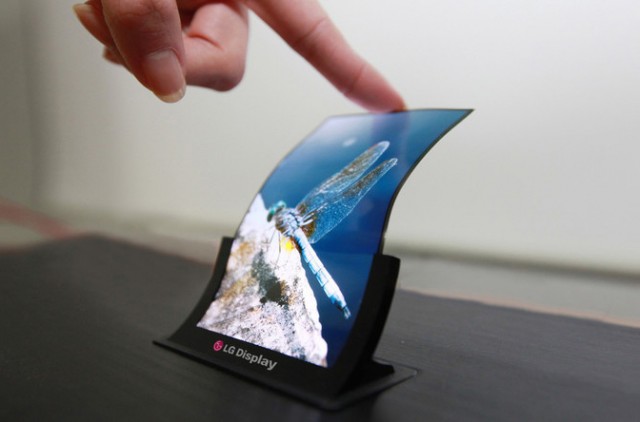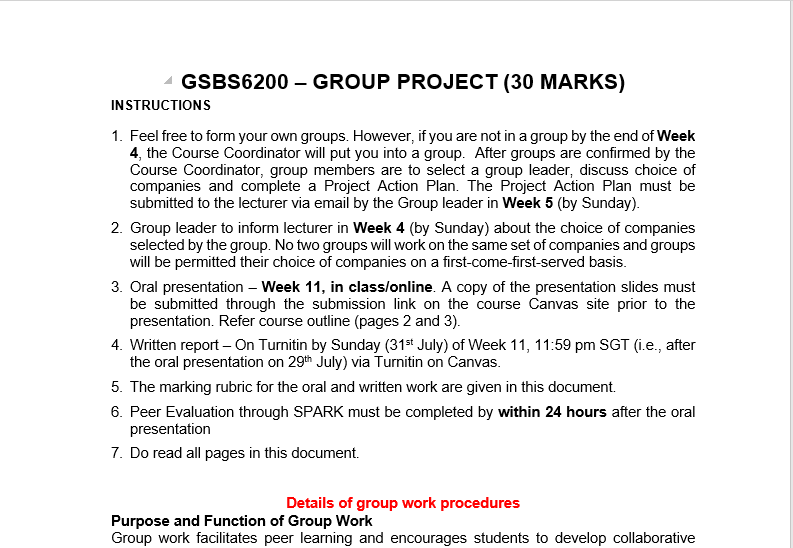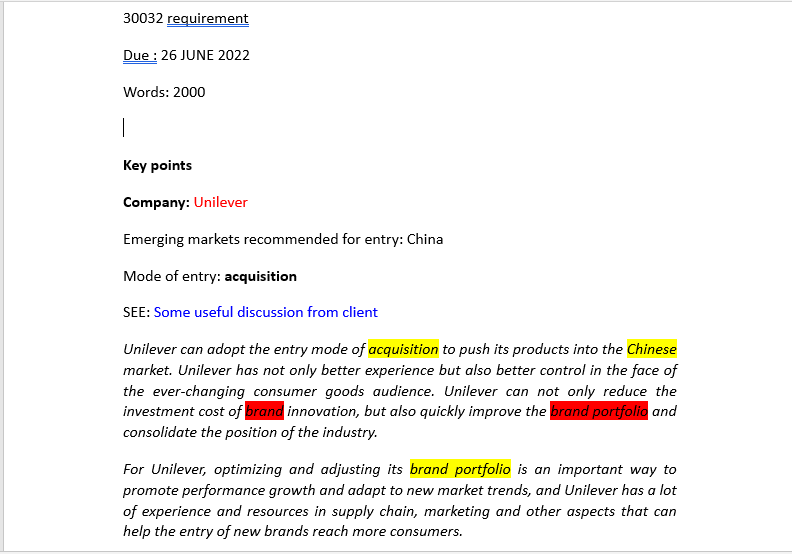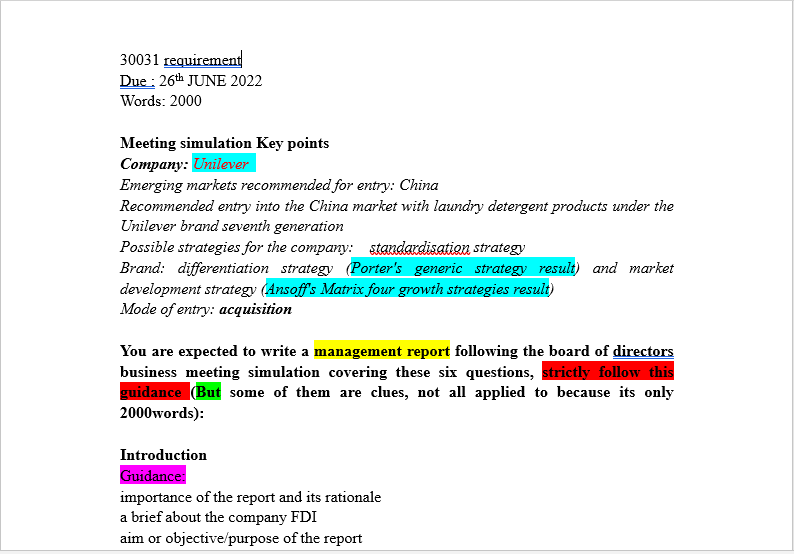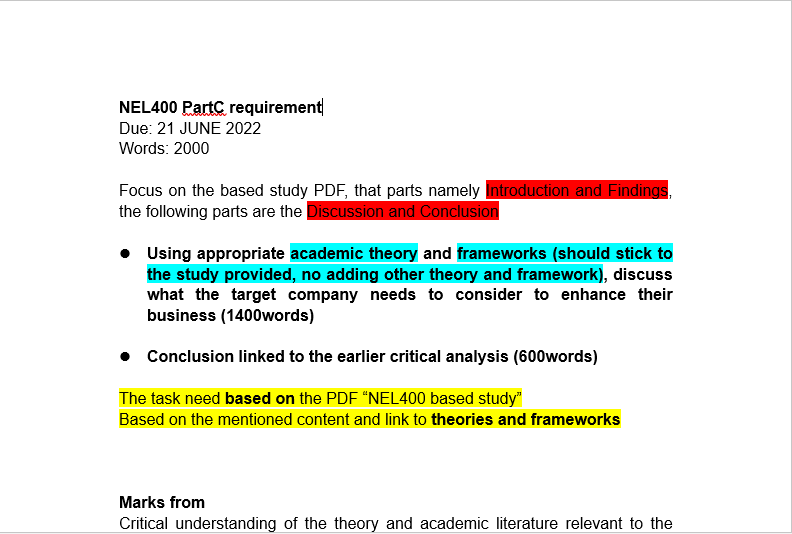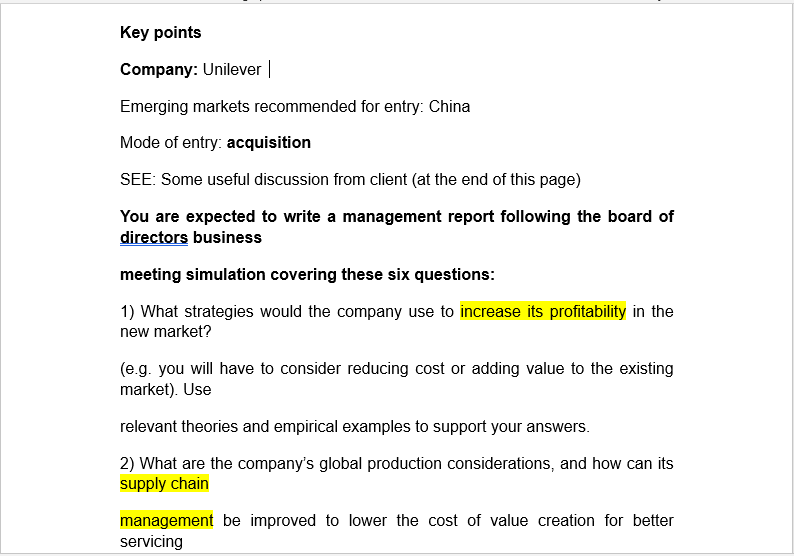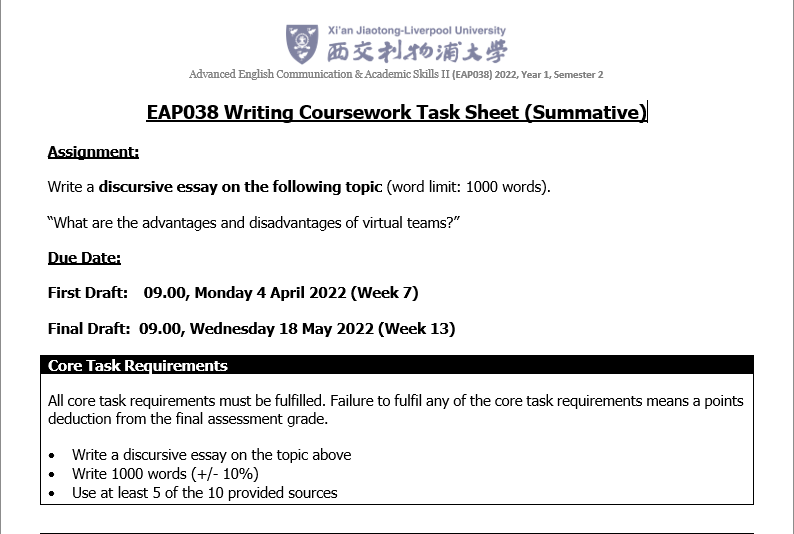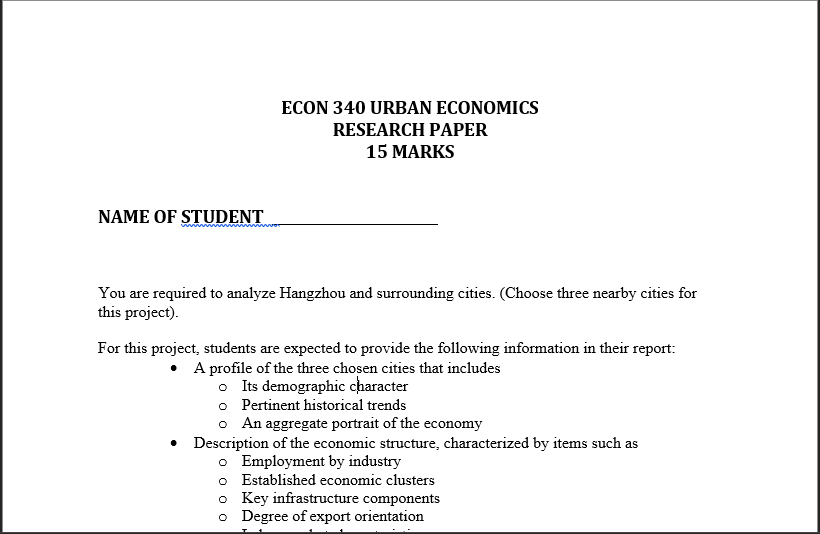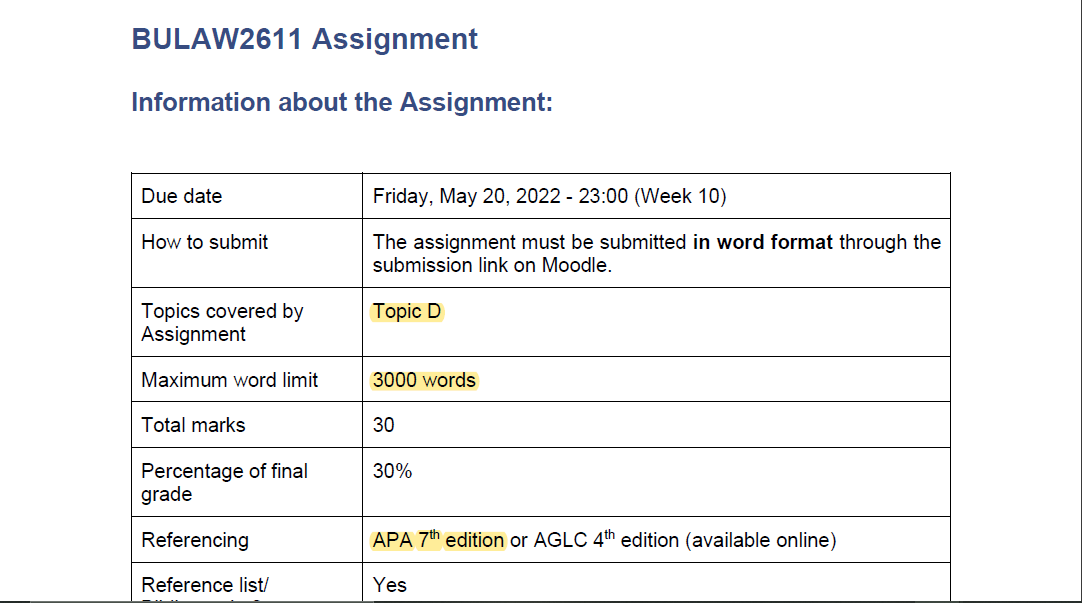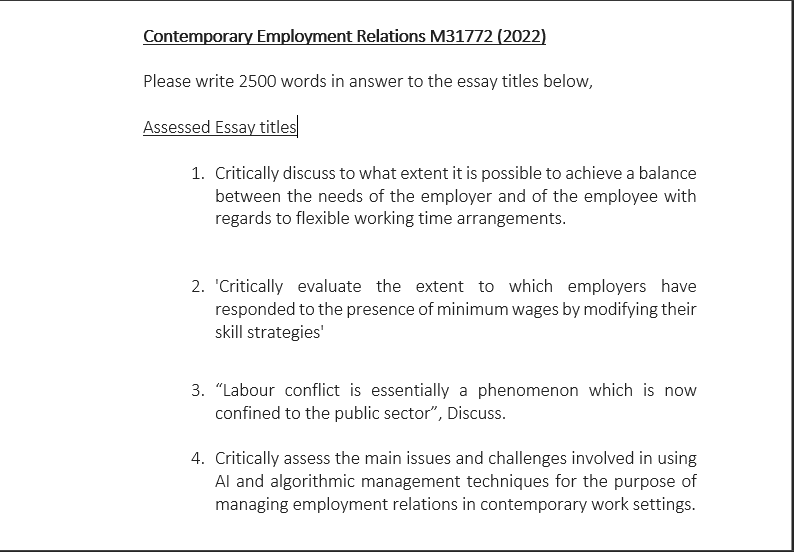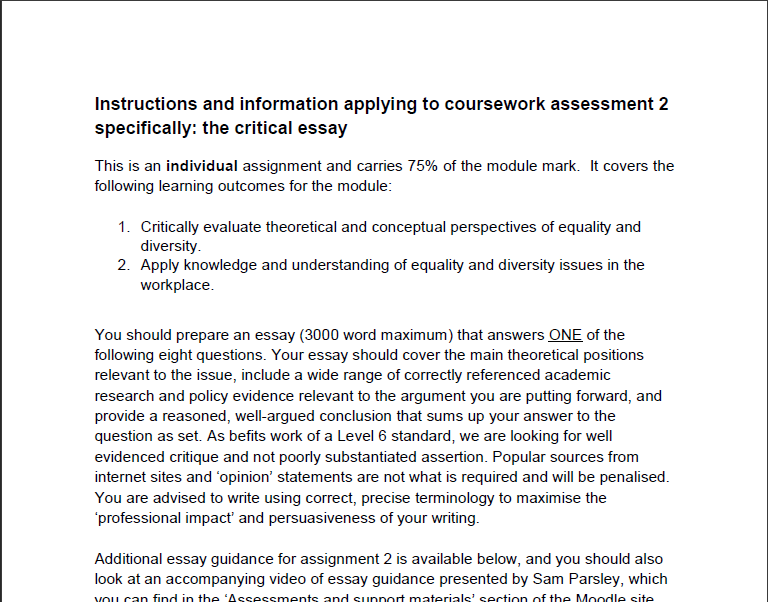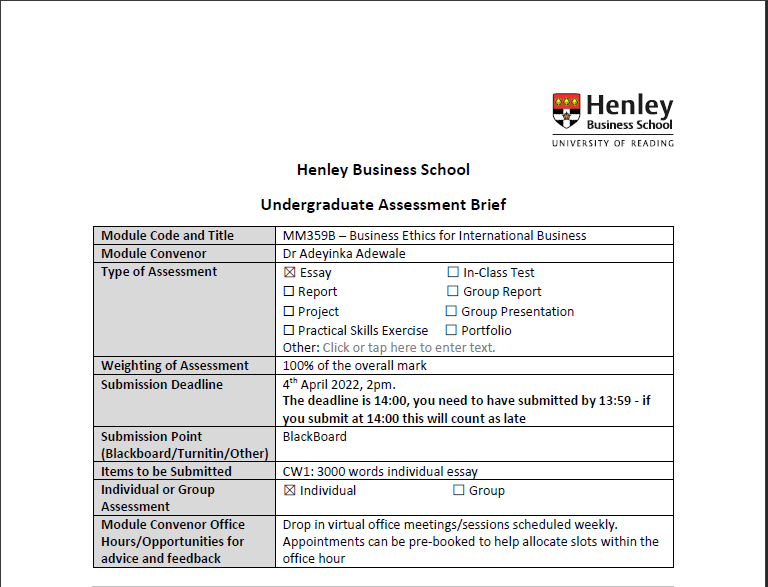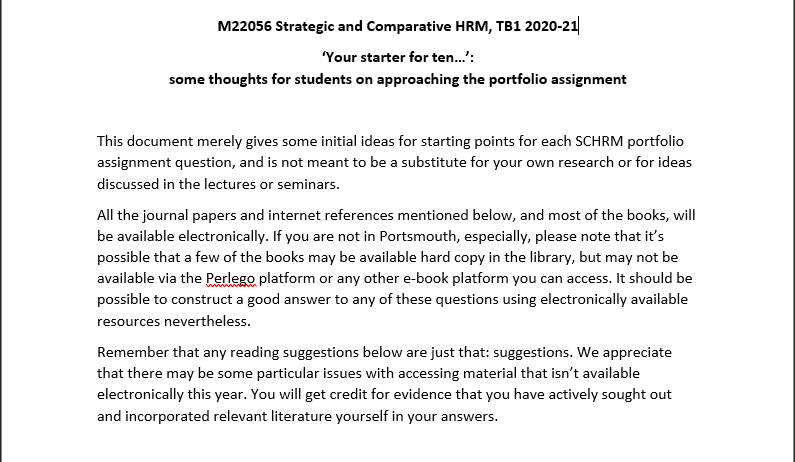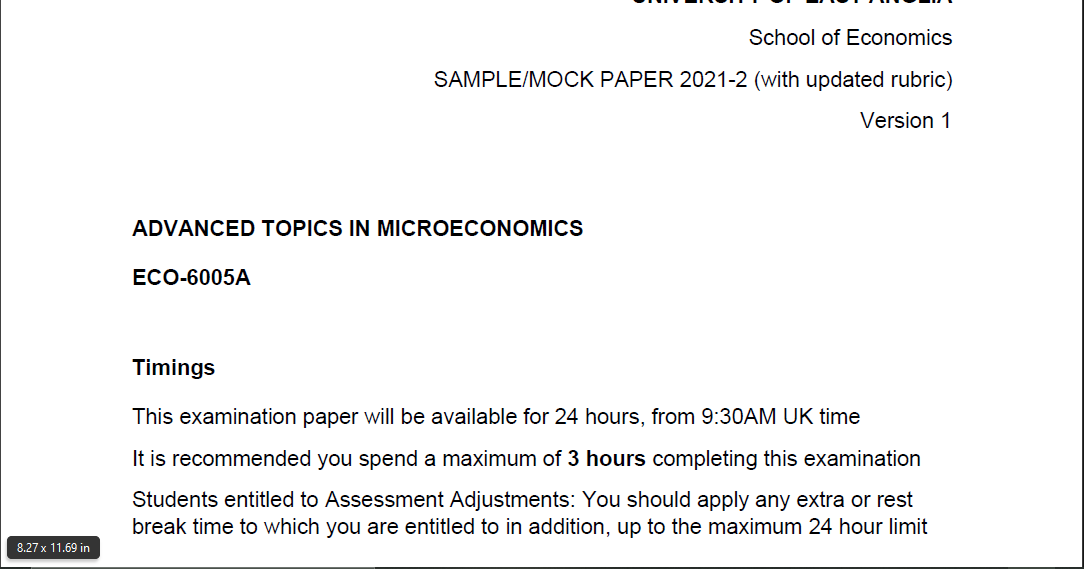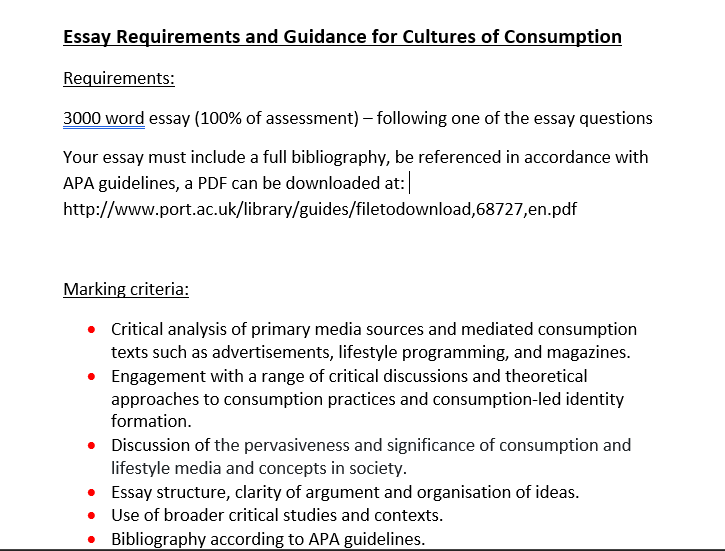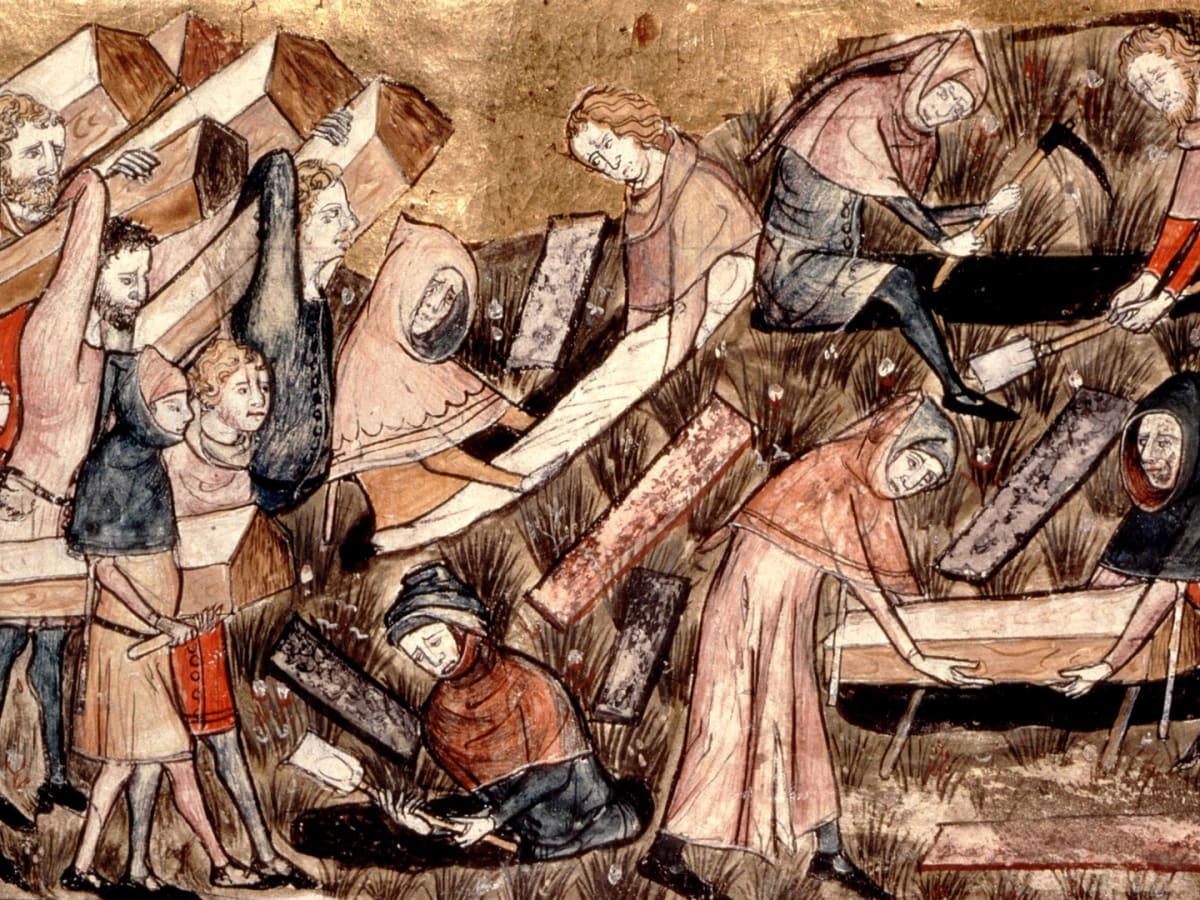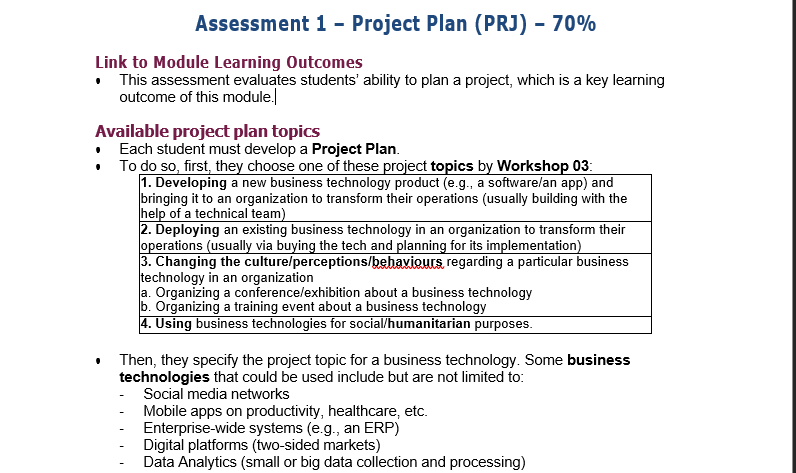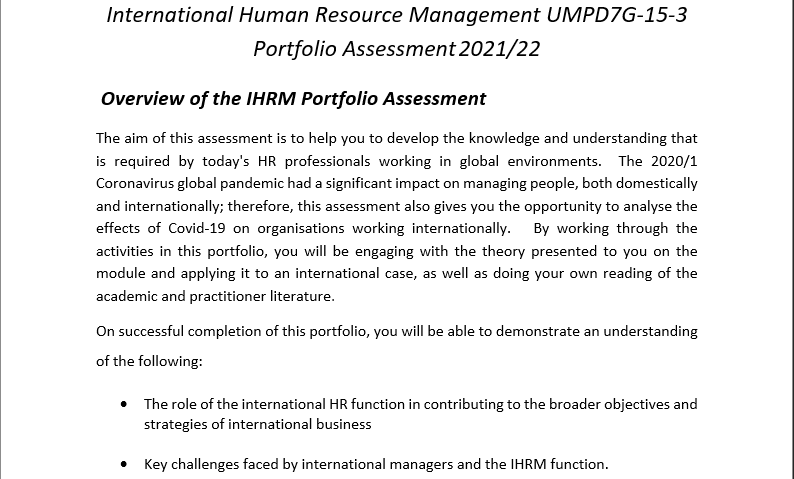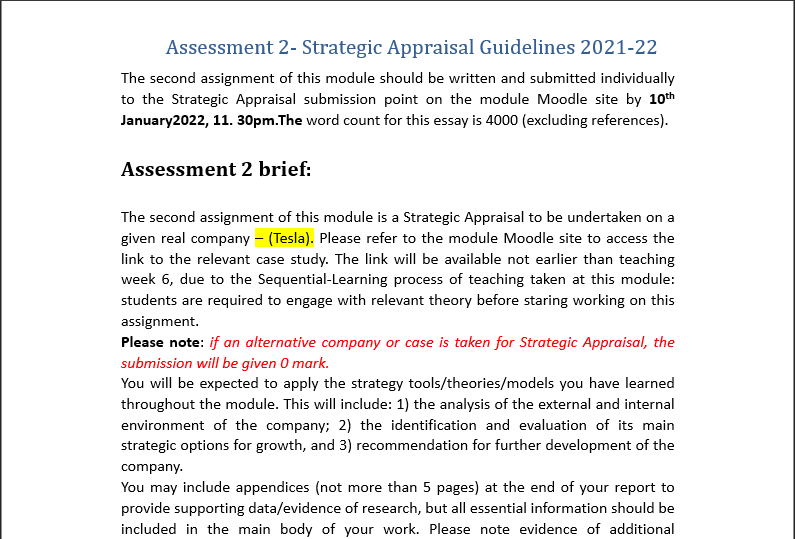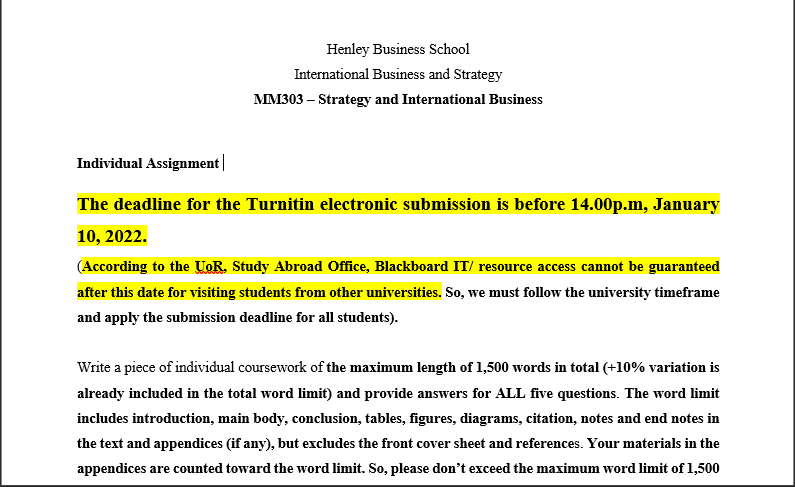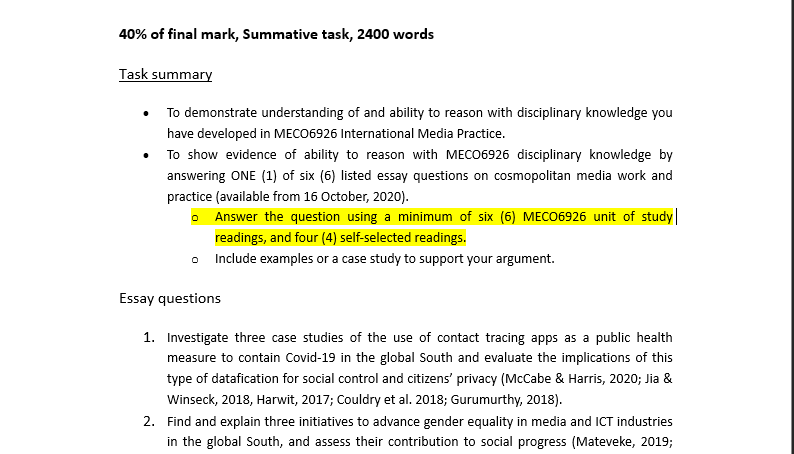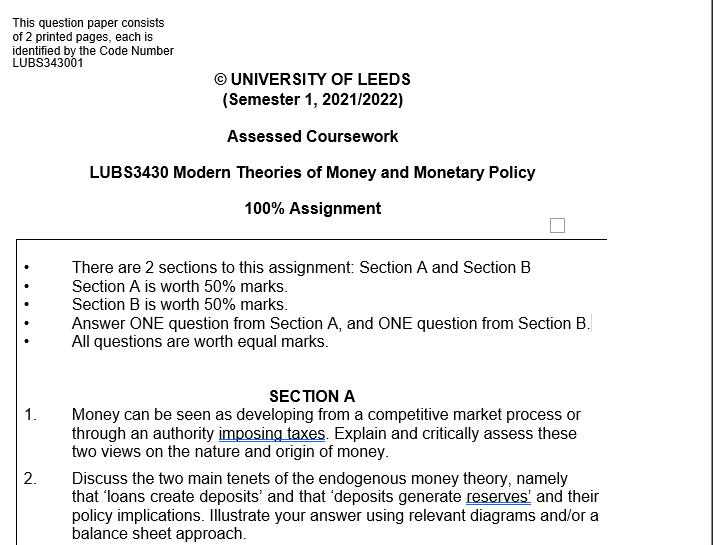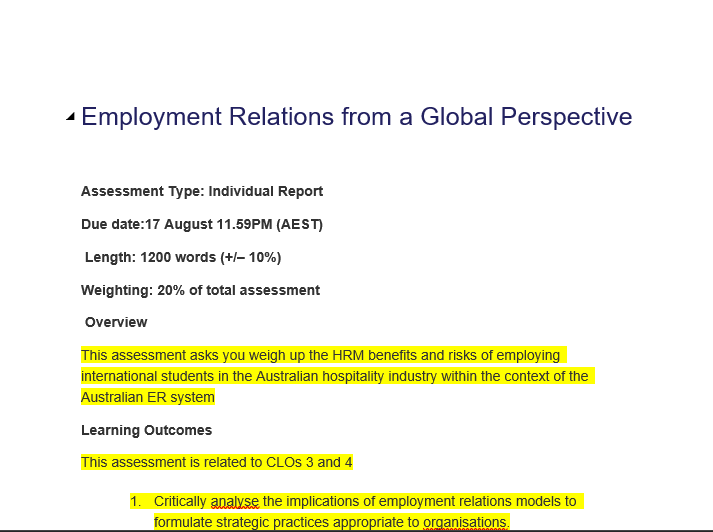Individual assignment
Length: 2,500 words
The aim of the assignment is to assess:
- Whether you have improved your knowledge of the nature of factors driving innovation performance and entrepreneurship behaviour (comprehension);
- Whether you have acquired analytical ability to critically evaluate the driving forces (both cognitive and emotional drivers) in the innovation process and entrepreneurship behaviour, in market acceptance of the innovation and in the nature of contextual influences (e.g. country, cultural, industry sector, or market segments) (critical evaluation and analysis).
You will need to demonstrate learning by selecting and analysing an innovation and entrepreneurship activity/event/process based on either published secondary information and/or primary data collected by yourself.
The assignment:
(1) Identify an innovation and/or entrepreneurship activity/event/process (e.g., the development of electric car by Tesla, the development and adoption of Apple Pay, the development and marketing of online entertainment platform by Netflix) of your interest, and the company/companies associated with the new technology or product.
(2) Clearly articulate and describe the focal process in a clear and concise manner and explain the rationale for selecting this case to study;
(3) Present the main factors (e.g., political, legal, technological, social, economic, market, and environmental) that influence this process, evaluate the evidence and present reasonable arguments for the various claims that might be made in terms of the innovation performance;
(4) Analyse the characteristics of the process and recommend how firm strategies can influence the innovation performance;
Note: Refer appropriately and accurately to the concepts, models, etc. covered in class, the textbook and other materials to support your analysis. Demonstrate your learning and critical ability to integrate the concepts and apply the theories in your analysis.
Sources: All sources used in the assignment including journal articles, textbooks, magazines, case studies, newspapers, etc., must be referenced in your essay and a properly formatted list of references must follow your essay. The word limit should be strictly adhere to and tables, figures, appendices and your reference list are not included in the word count.
Marking will focus on your written demonstration of your understanding of the concepts and theories covered in class and the text and your ability to critically comprehend, analyse, and evaluate the concepts and theories for a chosen innovation and entrepreneurship activity/event/process. Starting your assessment early will very likely improve the quality of your essay, attending all lectures and group discussions will also help. An assessment such as this cannot easily be done with little time for considerable and careful development and crisp, clear presentation.
Specifically, successfully pass this assessment, you need to have:
- Identified an innovation and entrepreneurship activity/event/process and clearly articulated it and describing the focal process in a clear and concise manner and explaining the rationale for selecting this case to study (comprehension);
- Presented the main factors (e.g. political, legal, technological, social, economic, market, and environmental) that were influencing this process, evaluating evidence and reasonable arguments for the various claims that might be made in terms of the innovation performance (critical evaluation);
- Analysed the characteristics of the process, discussing how firm strategy can influence/have influenced the innovation performance (analysis);
Answer
INDIVIDUAL ASSIGNMENT: LG’S BENDABLE DISPLAY SCREEN THAT CAN FOLD LIKE A MAGAZINE
The Innovation
LG Corporation, a South Korean global conglomerate corporation is the country’s biggest chaebol. The company is headquartered in the LG Twin Towers premises in Yeouido-dong, Seoul. According to Lgcorp.com. (2021), LG makes chemicals, telecommunication products, and electronics and runs subsidiaries like LG Electronics, LG Display, Zenith, LG Uplus, LG Chem, LG Energy Solution, and LG Innotek in more than 80 countries. The following assignment focuses on South Korean technology company, LG’s bendable screen that can fold like a magazine. This is among the clearest innovation and invention activities since it handles the issue of portability. According to Eadicicco (2016), the South Korean technology company wanted future gadgets and computers to be perfectly as malleable and ductile as a piece of paper. Further, during the 2016 Consumer Electronics Show, the company demonstrated an 18-inch colour display screen that could be folded up like a magazine.
Articulating and Describing the Focal Process
Innovation is novelty’s introduction in a specific market including new products and methods and there is a strong insistence on successful and effective commercialisation especially taking a concept from invention to the market. In LG’s case, although the screen was only a concept, which implies it was uncertain if and how it would ever come to accomplishment and fruition in later products, the company strongly emphasised the concept’s successful commercialisation and took the concept from invention to the market. According to Katzmaier (2020), the greatest sensation in televisions for the past two years at Consumer Electronics Show was perhaps LG’s magnificent rollable television, a 65-inch OLED TV that is flexible and malleable enough to fold up and down. Further, the screen folds down and vanishes into its specific cabinet when an individual is done watching and totally out of sight. Notably, innovation seeks to consistently grow and renew a company with better or new products together with considerably efficient processes. LG Screen Display had an exemplar 18-inch screen it was displaying at the CES that folds like a newspaper (Start 2016). LG utilised the innovative technology to build on its progressive OLED work paying attention to rollable, curving, and bendable displays. Hence, the technology innovation sought to continuously renew LG with better OLED televisions.
Peter Drucker defines innovation as the particular mechanism of entrepreneurs, the method via which they utilise change as a chance for a different service or business. While this kind of idea display from companies like Samsung, Sharp, and Sony has been seen previously, LG’s innovation indicates that it perceives these kinds of futuristic and innovative displays as points of differentiation for tablets, TVs, and smartphones. The South Korean entity envisions these kinds of screens folding up into consumers’ pockets or being shaped to spiral interior spaces. Thus, LG uses foldable technology to exploit transformation as a chance for different or disparate businesses as it enables it to capture a wider consumer market.
Schumpeter proposed the entrepreneur constitutes the absent link between invention and innovation. Notably, Śledzik (2013) asserts that an entrepreneur is somebody able and willing to transform and change an invention to innovation and the capacity to innovate in this regard can be perceived as a pivotal element of entrepreneurship. Thus, the reason for choosing LG’s bendable screen to study is that as the entrepreneur, the South Korean technology firm’s innovation that sought to make future gadgets and computers to be perfectly as pliable as a piece of paper represented the missing connection between invention and innovation. The company was able and willing to transform the invention concept into an innovation that saw the development of a flexible screen. According to Eadicicco (2016), although no indication exists that malleable gadgets and devices will be present to purchase anytime soon, the company’s willingness and ability to invent, transform and innovate the bendable screen is proof of its entrepreneurial strength.
The Key Factors That Impact This Process
According to Anzola-Román et al. (2018, pp. 146), the system perspective of innovation emphasises the external environment’s by conceptualising and actualising firms’ innovation activities as deep-seated in social, market, technological, environmental, legal, political, economic, and organisational systems. These external elements can impact a company’s incentives and motivation to innovate together with its innovation pursuits, outcomes, and capabilities. The political environment is among the key factors that impact the innovation process. According to Pastarmadzhieva et al. (2019, pp. 1), the political environment can influence the innovation process in numerous ways where political instability might have several forms, and among them is repeated change of regimes. Further, the government may support and promote innovations within the private sector by different types of policies, and to achieve this, a specific type of succession and stability is needed and a specific extent of political stability is required. The Lowy Institute 2020 Edition ranks South Korea 8th in the politically stable countries with a 64.7 score. In LG’s case, South Korea’s political stability significantly impacted the state’s role in supporting and promoting innovation. This explains why the tech enterprise’s concept of malleable future gadgets and computers succeeded.
Yachmeneva (2014, pp. 134) asserts that regarding legal factors’ role in influencing the innovation process, the company’s legislated legal status determines the course, well-organised driving cooperation and innovation with local and central authorities exercising supervision and control over the innovative company controlled by a legislation system. Notably, other legal factors like administrative law, industrial laws, criminal laws, and contract laws impact the innovation process. According to Park and Lee (2020), South Korea’s legal system comprises a civil legal system based on the Republic of Korea’s Constitution. Thus, South Korea’s ideal-typical law, regulations, and law impact LG’s innovation both indirectly and directly via its impact on the cooperation and organisation structure between the tech giant that engages in innovation. Further, South Korea’s regulations and laws reduce uncertainty and risk in the innovation process, which made it favourable for LG to invent and innovate its malleable screen that can fold like a magazine.
Economic factors mirror the overall economic circumstances in the region or country where the innovating enterprise operates. According to Yachmeneva (2014, pp. 134), economic factors are most critical as the economy’s present and predicted state impact business objectives’ attainment including innovation’s implementation. Tomaszewski and Świadek (2017) further contend that economic circumstances are a pivotal factor that usually influences a decision whether a company should undertake an innovation process. Thus, the expectations concerning a betterment in economic circumstances have a further stimulating impact on this activity while recession and projections in that manner have a demotivating impact. South Korea has encountered among the greatest economic transformations and the economy is also expected to grow by 4% (Jaewon 2021). Thus, South Korea’s current strong economic situation coupled with a 4% projected economic growth is ideal for LG’s innovation process as it provides an ideal environment for innovation implementation.
Technological supply is another element of the outside environment that influences business innovation. According to Yachmeneva (2014, pp. 134), technological opportunities differ by commodity market and might directly impact decisions on investments and innovation activities. A high technological change rate can lead to shorter product life cycles. Domínguez and Mazumdaru (2016) assert that technology is a key factor that has underpinned South Korea’s competitiveness and propelled its exceptional economic rise in the last decades. Further, South Korea is one of the globe’s most technologically developed and advanced nations and the country continues developing technologically, which favours innovation. The high level of technological advancement coupled with a huge demand for innovation within LG’s South Korean market led to reduced product life cycles, which have spurred the innovation process. Further, the high technological advancement rate in South Korea is what prompted LG to update its products frequently where it developed a malleable screen that can fold up and down to ensure easier portability. Further, this caused a higher level of product innovation and thus a higher percentage of overall sales from LG product innovation.
Regarding the role of social factors in influencing innovation, Antonelli et al. (2013) assert that society can indirectly and directly impact business activities. Further, societal factors can impact the public and social acceptance and approval of innovation and enterprise policies on CSR. Greater societal changes might propel system-wide innovations. According to Guarascio and Tamagni (2019), enterprises can also take part in innovation undertakings in response to anticipated shifts within the natural ecosystem. Tweedie (2016) writes that a folded version can be effortlessly stowed, which creates fascinating opportunities for visual and digital artists or even individuals anticipating a bigger display for individual presentations while on the road. Further, the innovative technology also makes more durable and unlikely to crack smartphone displays. Thus, LG’s ability to address such societal changes and needs using its innovative OLED display technology explains the role social factors play in the process of innovation.
Markets are key contextual factors that impact the innovation process and are also influenced by an enterprise’s decisions (see Figure 1 below). Relevant data for information gathering comprises suppliers’ characteristics that offer services and goods to the innovating enterprise, demand’s structure in the enterprise’s present and prospective markets, the markets for labour and finance together with data on the degree of competitiveness in commodity markets and standards (OECD/Eurostat 2019, pp. 147). LG has more than 300 top suppliers who supply inputs of products to the enterprise. With such information available, LG has managed to leverage it for its decisions concerning developing bendable displays. According to Eadicicco (2016), the components required to power computers, tablets, and phones would require to be just as bendable as the screens. LG’s suppliers with the capacity to provide these bendable components have enabled the South Korean tech giant to implement its innovation process from invention to fruition.

Figure 1. Main Factors of the External Environment for Enterprise Innovations
Source: OECD/Eurostat (2019, pp. 147).
Concerning the influence of environmental factors on innovation, OECD/Eurostat (2019, pp. 159) asserts that possible environmental aspects that can influence all businesses comprise changes in ecological amenities, climate change, epidemics, and pandemics. Appropriate data on such conditions may be gathered from other sources such as national information and data on the level of pollutants. Thus, in sectors or geographical locations especially impacted by natural surroundings, it might be of importance to gather data on whether enterprises respond to respective environmental factors via innovation or if ecological elements create a barricade to innovation (OECD/Eurostat (2019, pp. 159). Oled-info.com (2021) illustrates that LG display describes how OLED television manufacturing is more ecologically friendly as opposed to LCD production. For example, a 65-inch LCD needs about 5.2 Kgs of plastic whereas a comparably sized OLED utilises just 0.43 Kgs of plastics. Therefore, it is evident that LG’s efforts to introduce an 18-inch OLED display, which can be folded like a magazine is part of its undertaking to respond to ecological factors via innovation. Also, while LG acknowledges that LCD television production is not environmentally sound, it is worth noting that continuing with producing LCD TVs using the same technology would be hampered by the need for sound ecological factors.
Analysing the Innovation Process’s Characteristics and Recommendations on How Firm Strategies Might Impact Innovation
LG’s bendable OLED display screen is an example of a product innovation, which is considerably improved. The innovative technology comprises considerable improvements in TV’s technical specifications especially LCD TV production to OLED TV production and unbendable to bendable screens. Besides, the OLED display, which can be folded like a magazine enhances user-friendliness as it presents users with the benefits of easier portability and futuristic aesthetics. For instance, the innovative bendable and innovative OLED technology that LG uses is environmentally sound as it reduces the amount of plastic used as opposed to an LCD. The first evident characteristic of the innovation process is a relative advantage. According to Larsson (2017, pp. 94), relative advantage assesses how improved and better innovation is than a competing alternative or the product’s previous generation. Further, potential users must notice how an innovation enhances their present situation. Thus, LG’s malleable OLED screen, which can fold like a magazine exhibits relative advantage as it improves several areas including reduced environmental impact and user empowerment through simple portability and futuristic aesthetics.
Another characteristic of the innovation process is compatibility, which alludes to the compatibility level that an innovation process has with people as they integrate it into their daily lives. LG’s malleable screen is compatible with users’ lifestyles and life. Further, the innovation does not require any lifestyle change or the need for users to acquire extra commodities to make the process work. Thus, one evident characteristic of LG’s innovation is that users can seamlessly adopt the bendable screen when they substitute the existing product for the better. The third characteristic of LG’s innovation is complexity versus simplicity, which alludes to how challenging it is for users to learn to utilise innovation. The bendable screen is a more intuitive innovation, which is easy to learn to utilise and thus easily adoptable. Another characteristic of the innovation process is trialability, which illustrates how easily prospective users might explore the innovation. According to Larsson (2017), trialability is pivotal to facilitating an innovation’s adoption and prospective users desire to see what the innovation might do and grant it a run-through before committing. In LG’s innovation case of a bendable screen, prospective adopters and users can see what life could be like when they adopt the malleable OLED screen.
Regarding how firm strategies may impact the innovation performance, a firm’s internal environment is outwardly under the management’s control and refers to the enterprise’s business model, innovation, and production capabilities together with human and financial resources. The labour force and human resources comprise firm strategies and internal capacities closely associated with the market where an enterprise operates. Enterprises look for people and rent their services on the specific labour market. Several of these people are charged with building and sustaining the firm’s internal competencies including the capabilities needed for innovation (OECD/Eurostat (2019, pp. 154). Further, the market for highly qualified and skilled labour warrants attention due to the close connections personnel resources and innovation capacities and capabilities. Therefore, the labour market’s characteristics and efficiency might have a large assortment of implications for the enterprise strategy and innovation performance. Notably, two human capital aspects that are pertinent to skilled personnel or personnel involved in the innovation process include the labour market’s scope and new hires’ employment history. Thus, firm strategies that are concerned with where an enterprise sources its personnel from together with the history of employment are appropriate to a firm’s innovation performance.
Regarding the influence of a firm’s business model on innovation performance, firms with disruptive models of business are more likely to have better innovation performance as opposed to those without. According to Latifi et al. (2021), business model innovation may create an enterprise’s competitive advantage and better its innovation performance as well as overall performance. A firm’s innovation and production capabilities also influence its innovation performance positively. Production capacities are positively associated with innovation together with innovative performance since the production capacities play the mediating role for the direct positive effect.
References
Antonelli, C., Crespi, F., & Scellato, G. (2013). Internal and external factors in innovation persistence. Economics of Innovation and New Technology, 22(3), 256-280.
Anzola-Román, P., Bayona-Sáez, C. and García-Marco, T., 2018. Organizational innovation, internal R&D and externally sourced innovation practices: Effects on technological innovation outcomes. Journal of Business Research, 91, pp.233-247.
Domínguez, G. and Mazumdaru, S., 2016. Why innovation is king in South Korea | DW | 10.02.2016. [online] DW.COM. Available at: [Accessed 13 July 2021].
Eadicicco, L., 2016. Here's a Bendable Screen That Can Roll Up Like a Newspaper. [online] Available at: [Accessed 12 July 2021].
Guarascio, D. and Tamagni, F., 2019. Persistence of innovation and patterns of firm growth. Research Policy, 48(6), pp.1493-1512.
Jaewon, K., 2021. South Korea upgrades GDP growth forecast to 4%, fastest in decade. [online] Available at: [Accessed 12 July 2021].
Katzmaier, D., 2020. LG's roll-up OLED TV comes out of hiding only when TV time rolls around. [online] CNET. Available at: [Accessed 12 July 2021].
Larsson, L., 2017. Characteristics of production innovation (Doctoral dissertation, Luleå University of Technology).
Larsson, L., 2017. Characteristics of production innovation (Doctoral dissertation, Luleå University of Technology), pp.93-112.
Latifi, M.A., Nikou, S. and Bouwman, H., 2021. Business model innovation and firm performance: Exploring causal mechanisms in SMEs. Technovation, 107, p.102274.
Lgcorp.com. 2021. About LG > LG Way. [online] Available at: [Accessed 12 July 2021].
Lowy Institute Asia Power Index 2020 Edition., 2021. Political stability data - Lowy Institute Asia Power Index. [online] Power.lowyinstitute.org. Available at: [Accessed 12 July 2021].
OECD/Eurostat 2019. “Measuring external factors influencing innovation in firms”, in Oslo Manual 2018: Guidelines for Collecting, Reporting and Using Data on Innovation, 4th Edition, OECD Publishing, Paris/ Eurostat, Luxembourg. DOI: https://doi.org/10.1787/9789264304604-10-en
Oled-info.com. 2021. Environmental issues | OLED-Info. [online] Available at: [Accessed 13 July 2021].
Park, E. and Lee, A., 2020. Neighbours with different innovation patterns: the implications of industrial and FDI policy for the openness of local knowledge production. Transnational Corporations Journal, 27(1).
Pastarmadzhieva, D., Angelova, M. and Georgiev, P., 2019, March. The Impact of Political (in) Stability on the Innovation Performance: The Case of Bulgaria. In 2019 International Conference on Creative Business for Smart and Sustainable Growth (CREBUS) (pp. 1-6). IEEE.
Śledzik, K., 2013. Schumpeter’s view on innovation and entrepreneurship. Management Trends in Theory and Practice, (ed.) Stefan Hittmar, Faculty of Management Science and Informatics, University of Zilina & Institute of Management by University of Zilina.
Start, N., 2016. LG made an 18-inch display you can roll up like a newspaper. [online] Available at: [Accessed 12 July 2021].
Tomaszewski, M. and Świadek, A., 2017. The impact of the economic conditions on the innovation activity of the companies from selected Balkan states. Economic research-Ekonomska istraživanja, 30(1), pp.1896-1913.
Tweedie, S. 2016. LG's latest prototype is an 18-inch display that can be rolled up like a magazine. [online] Available at: [Accessed 13 July 2021].
Yachmeneva, V., 2014. Factors influencing enterprise innovation. Vol. 1. No. 1. 133–138

